Then make sure that the cat closes its mouth and swallows the pill. Observe the cat for a while: some animals do not swallow the medicine immediately and may spit it out.

- How to give pills to cats at home
- How to give medicine to a cat on its own
- Pull back the whiskers.
- What should you do if your cat is foaming at the mouth?
- How to give your cat a pill yourself
- Option one: mix it with food
- Option two: masking agents
- Option three: Place under the tongue
- Special Devices
- AVZ oral medications
- Anthelmintic .
- Phytopreparations
- Regulation of the sexual cycle
- Vitamin supplements
- How to give liquid medications to cats
- Preparation of materials
- Additional articles
- What medications are given to a cat
- Tablets
- Useful tips
How to give pills to cats at home
There are situations when the cat needs to be fed a pill: how to make this process safe for the cat and the owner.

Any cat owner is once faced with the problem of treatment and prevention of diseases in his pet. Most often, it is necessary to treat the animal with medications: pills, suspensions, capsules. How to properly give medication to cats to facilitate the procedure itself and minimize stress for the animal, we tell in this article.
How to give medicine to a cat on its own
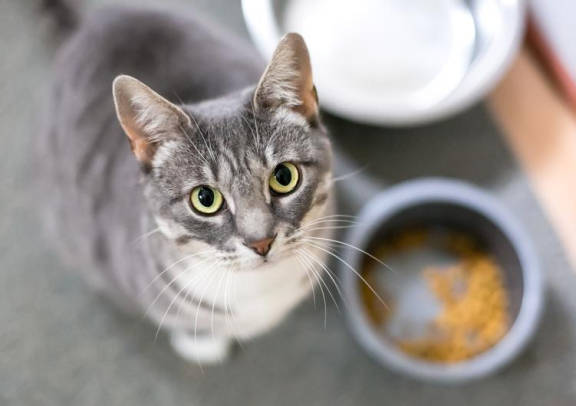
If the drug for the cat was prescribed by a veterinarian, be sure to clarify how and in what form it is better to give the medicine. Veterinarians will also be able to show you how to do it quickly and as gently as possible, thanks to their experience. When trying to give the medicine yourself at home, especially if you are doing it for the first time, ask someone to help.
- Be sure to have the medicine ready before you approach your pet or call for it to come to you. If the cat already has an unpleasant experience, unpacking the medicine may alarm her.
- Choose a time when the pet is in good spirits. If the pet is calm about taking the medication, sit it on your lap and pet it.
- Next it will be necessary to open cat's mouth: place your fingers near the mouth corners to form a "C" shape. Your palm should be on top of the cat's forehead. When the mouth is open, press the cat's upper lip against its teeth.
- Give the medicine. To do this, lift the cat's head upwards and gently pour the medicine (if it is in liquid form). When the procedure is over, be sure to pet the cat and praise him.
Proceed with caution as incorrect movements may cause the medicine to accidentally enter the airways. During the procedure it is recommended to sit the cat or position it in a sphinx pose.
Pull back the whiskers.
Before giving the cat a suspension from a syringe, gently press your fingers on the cat's upper lip and pull back the whiskers.
This will move the cat's jaw apart. Hold the syringe so that the medicine hits the back of the tongue on the side, not directly into the throat, which may cause gagging.
It's worth noting that some veterinarians recommend letting the cat lick the tip of the syringe first so that the taste of the medication doesn't scare it away. If you are unsure about the right technique, consult your veterinarian.
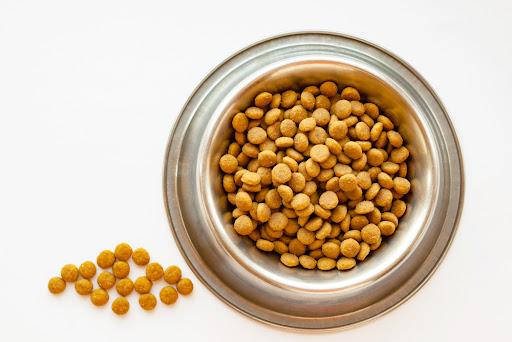
What should you do if your cat is foaming at the mouth?
Sometimes a cat may have an unexpected reaction to medication, such as foaming at the mouth. Don't panic, it doesn't mean that the medication is bad for your pet. Cats can foam at the mouth just because they don't like certain tastes. Bitter medications cause increased saliva production, which is a natural response for felines.
How to give a cat medication from a syringe, so that there is no foam? It's very simple! Try to put the medicine on the back third of his tongue so that he is less likely to taste it, and then it won't foam up in his mouth. You can always consult your vet to clear up any doubts.
Don't expect perfect results the first time you give liquid medication to your cat. This is one of those situations where you and your furry companion will learn useful skills with experience. If you encounter any difficulties, don't hesitate to seek additional advice from a professional.
How to give your cat a pill yourself
Option one: mix it with food
Some medications cannot be mixed with food. But if there are no such restrictions, the easiest way to disguise the pill is to use food or a favorite cat treat. You can add crushed medication to turkey fillets or raw ground meat. Make sure the amount of food with the medication is small. Otherwise, the pet will not take the entire portion and less of the drug will get into the body.
You can also mix the medicine with something tasty. For example, crush the tablet into a powder and combine it with a small amount of pâté or sour cream. Then you need to smear this mixture on the pet's nose. Feeling the food, he will begin to lick it together with the crushed medicine. This option is especially suitable for kittens.
But not all medications can be masked with food. The method is not suitable for medicines with a bitter taste: the cat will quickly realize that there is something wrong with the food, so he will not try it.
Option two: masking agents
Edible pockets are specially designed to give pills to animals. They are easy to use and do a good job of masking the taste and smell of medication. They themselves smell quite appetizing, so many cats like them.
There are also masking pastes – soft, stretchy substances in which pills can be wrapped. The pastes have a pleasant taste for the animal, making it much easier to take.
For bitter preparations, there are gelatin capsules of different sizes. The medicine is placed inside the capsule and as a result, the unpleasant taste disappears.
Option three: Place under the tongue
There are times when a pet needs to be given medication that cannot be crushed. For example, capsules or tablets with a special shell. In this case, proceed as follows:
- Fix the animal, hold its mouth with two fingers, press on the base of the jaw and open its mouth with one hand;
- quickly place the medicine as deeply as possible on the root of the cat's tongue;
- lift the cat's chin and massage the throat from top to bottom.
Special Devices
To give your cat medication properly, you can use an introducer, or pill dispenser. This is a special tool – something in between a syringe and scissors. The device has two finger rings and a soft rubber tip. The intromediator is convenient to use:
The plus side of the device is that the pill goes deep into your pet's mouth, making it easier for them to swallow. In addition, the pill dispenser protects the owner's fingers from the cat's sharp teeth, preventing him from biting them. Pros of the introducer:
The device makes it easier to give the medication alone, even if the pet resists.
AVZ oral medications
AVZ produces a wide range of medications for animals, including those in liquid form. In our catalog you will find the following types of drugs:
Anthelmintic .
Liquid form of anthelmintic drugs is suitable for the treatment of animals of different age, weight and sex. The suspensions presented in the catalog ("Febtal combo", "Dironet suspension", "Dironet Junior") have a wide spectrum of action and can be used for cats and kittens.
Phytopreparations
Sedatives for cats, such as Fitex, are necessary, for example, on a long trip, a change of scenery or other stressful situations. In addition to plant-based sedatives, Urolex drops for animals suffering from urolithiasis are also available in the catalog. They have a beneficial effect on the functions of the kidneys and the excretory system.
Regulation of the sexual cycle
When properly used, "EKS-5", "EKS-7.5" stop the heat or prevent it. The use of these drugs requires strict veterinary control.
Vitamin supplements
It is usually recommended to give such preparations to animals on a natural diet to prevent hypovitaminosis, or to improve physical condition as prescribed by a doctor. A specialist may advise to use Vitri-1 oral solution, as well as Fitodok® Fish Oil.
How to give liquid medications to cats
Contributor(s): Natalie Punt, DVM. Dr. Natalie Punt is a veterinarian and the founder and executive director of mPet Clinic. She specializes in emergency and general small animal medicine and veterinary economics. She holds a bachelor's degree in biochemistry and molecular biology from the University of California, Davis, a master's degree in biochemistry from the University at Buffalo, and an advanced veterinary degree from Western University of Health Sciences.
Medicines for cats come in the form of tablets, capsules, topicals and oral liquids. That said, cats tend to actively resist when someone tries to put something in their mouth, and a syringe of liquid medication is no exception. Nevertheless, with proper preparation and simple steps, taking liquid medication can be a less stressful experience for your pet.
Preparation of materials
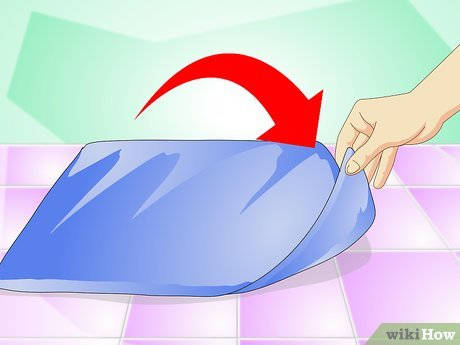
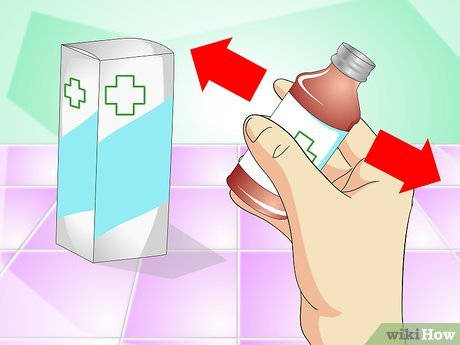
- If the medication will need to be given directly from the vial, place the vial on a flat surface in an easily accessible area (next to the work area, covered with a towel). [2] X Source of information Jones' Animal Nursing. Jones. Publisher: Pergamon Press. 5th edition
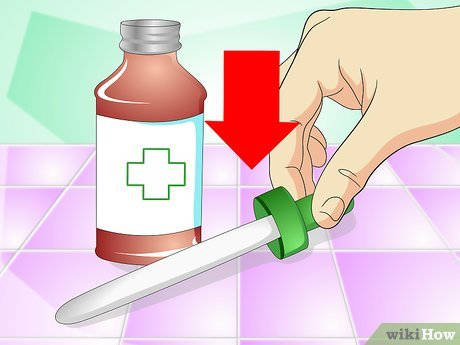
Additional articles
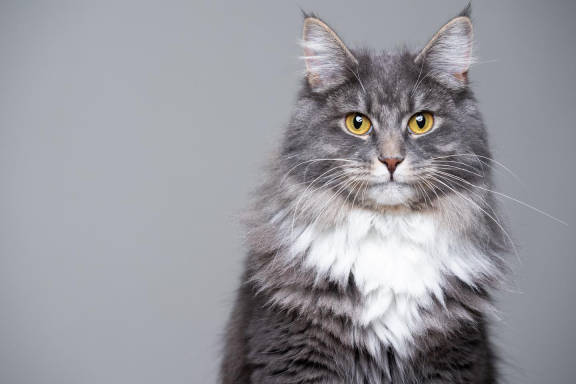
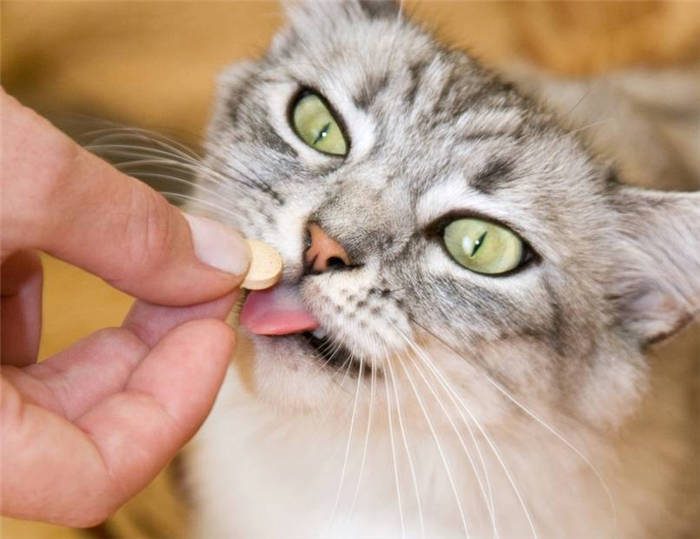


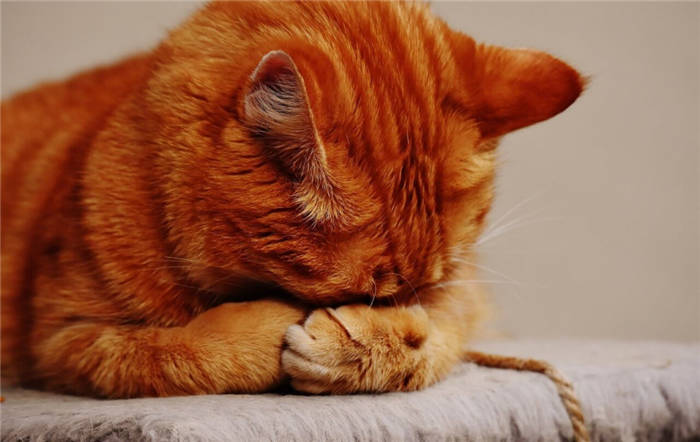

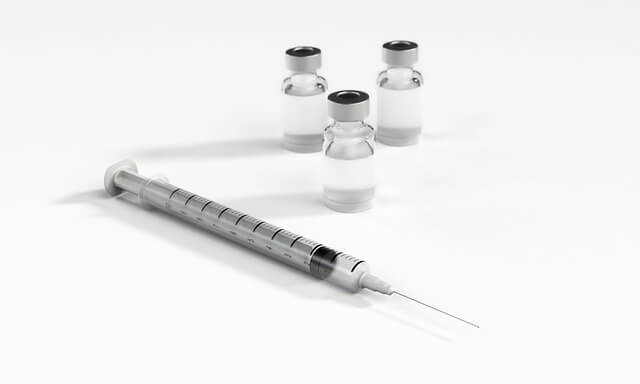
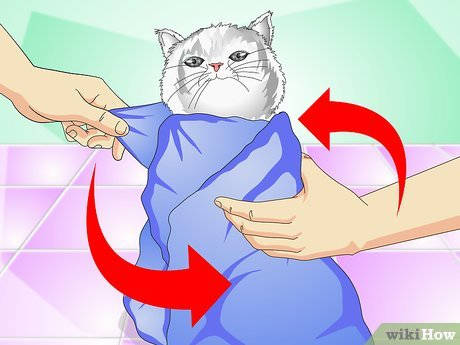
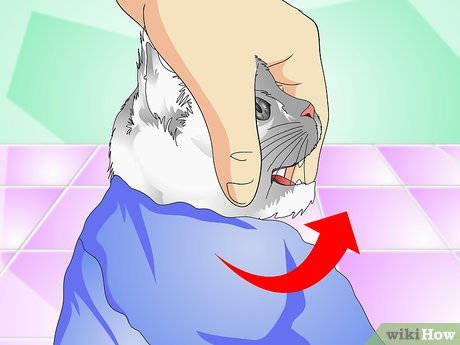
What medications are given to a cat
All medications that are taken orally can be divided into several basic categories based on their form of release:
Only a veterinarian can prescribe the necessary medication. Do not self-medicateEspecially if the cat is not diagnosed. Without visiting the veterinarian, the animal can be given a mild laxative, an adsorbent in the form of crushed tablets or gel, as well as maltpaste to dissolve and remove hairballs. The rest of the medications, including various appetite stimulants and vitamins, should be prescribed by the doctor after examining the animal.

To treat the cat, use preparations manufactured for animals, which are purchased at a veterinary pharmacy. Often the treatment regimen includes medications for humans, these are bought in regular pharmacies.
Important. It is strictly forbidden to give a cat "human" medications without consulting a veterinarian. Many drugs that are safe for humans are harmful to animals.
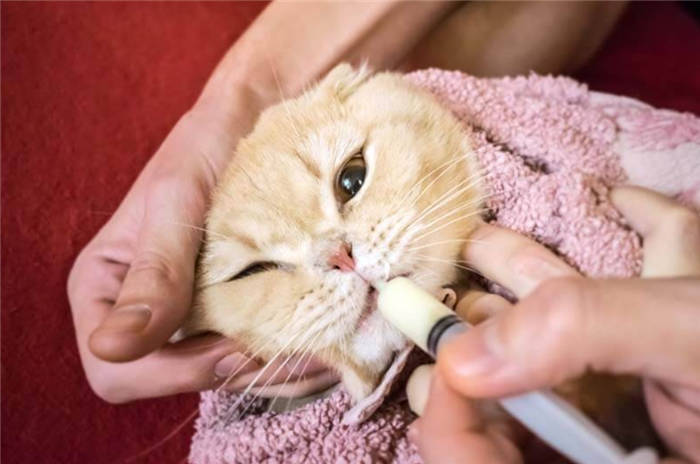
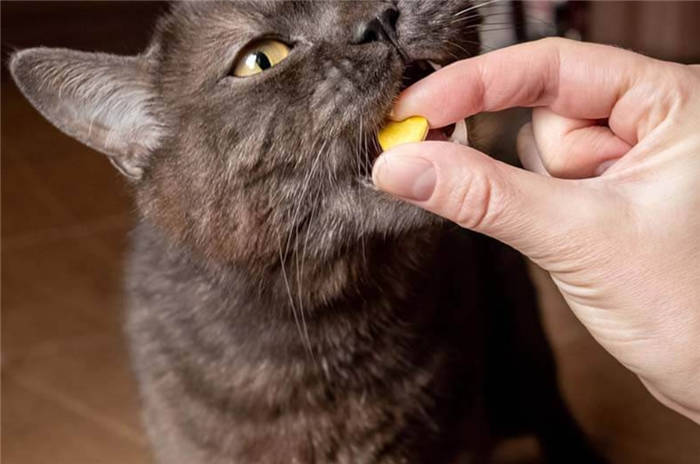
Particular caution is exercised when treating kittens. Many strong drugs are too toxic for babies. Usually give medications from three months of age, with the dosage guided by the weight of the pet.
Tablets
Drugs in solid form are available as regular tablets, coated pills or gelled capsules. The last two variations are more often produced for humans and have a significant disadvantage: the packaging of such drugs is not designed for a creature weighing from 2 to 6 kg. In order not to harm the animal, you must Calculate the dosage accurately. It is determined by the veterinarian. Usually a single dose consists of a part of a tablet: from half to 1/16.
Useful tips
Those who give the medicine to the cat for the first time, it is worth preparing: the animal will actively resist. To simplify the process, use the techniques of experienced owners.
- Find a helper who knows how to properly fix the animal.
- Wrap the cat in a terry towel or thin rug, leaving only the head outside and carefully wrap its paws.
- Before treatment, trim the cat's claws, not only on the front legs but also on the hind legs.
- Prepare a treat in advance to feed it to the cat after the treatment.
- Measure out the correct dose of medicine in advance, preferably in another room.
- If the cat starts to salivate a lot, wet its mouth with a paper towel, otherwise the animal will spit out the medicine.
- Do not shout at the cat, try to act affectionately and as quickly as possible.






